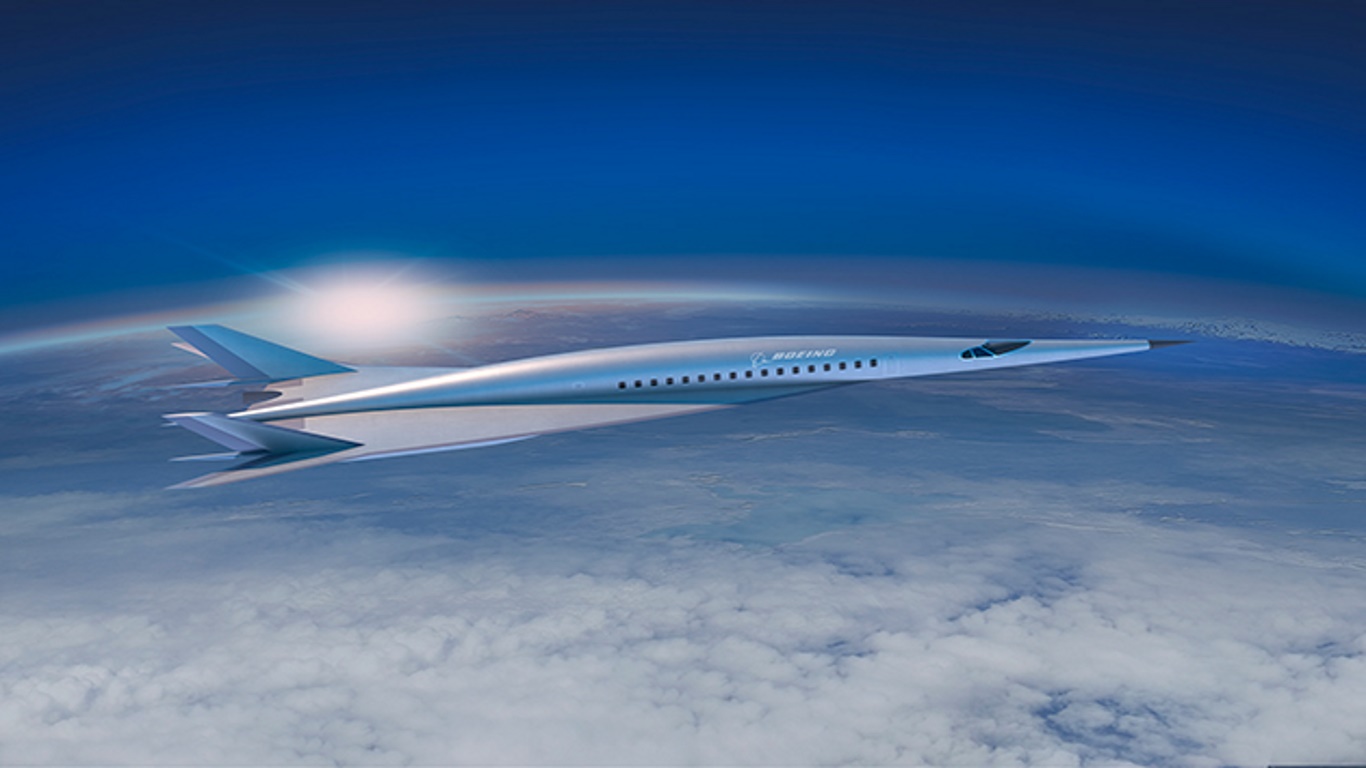Military
Boeing Forecasts 20-Year Aircraft Demand at 42,730 New Jets

Published:
Last Updated:

The aircraft industry is on a roll that has lasted for nearly eight years now. In the cyclical business of building airplanes, that string is nearly unprecedented, and if Boeing Co. (NYSE: BA) is right, the run will continue.
In the 2018 edition of its Commercial Market Outlook, Boeing estimates demand for new passenger jets at 42,730 planes between now and 2037. The market value of those new aircraft is $6.3 trillion. That estimate is based on continued global economic growth, a growing middle class and more consumer spending.
Of those new airplanes, nearly three-quarters (31,360) will be single-aisle planes like the Boeing 737 and the Airbus A320 families. These narrow-body planes will have a market value of $3.48 trillion. Boeing also estimates demand for 8,070 dual-aisle planes with a market value of $2.48 billion over the next 20 years.
More than half the total (56%) represents demand growth while 44% represents replacements for existing aircraft. Regional jets, which accounted for about 10% of the global fleet in 2017, will make up just 5% of the global 2037 fleet. Single-aisle planes will increase their portion of the fleet from 64% to 69%, and wide-bodies will increase their share from 18% to 19%. Freighter numbers will be about flat, dipping from 8% to 7%.
New aircraft deliveries to the Asia-Pacific region will total 16,930 airplanes (about 40% of all new deliveries) by 2037, nearly three-quarters of which will be single-aisle planes. The market value of the total is $2.67 trillion, nearly half the expected global total.
Deliveries to North America are forecast to total 8,800 new aircraft, of which about two-thirds are narrow-bodies. The market value of all planes delivered to North America is estimated at $1.1 trillion.
While Boeing does not refer to the impact of the current trade disputes between the Trump administration and just about every other country, the short-term impact on aircraft sales could suffer and there are some long-term effects that could linger. The United States enjoys a 17-to-one trade surplus in aerospace trade with China and commands about half the world’s total for both aircraft and aerospace industry output.
As Teal Group aerospace industry analyst Richard Aboulafia points out, even if trade wars are good and easy to win, as Trump apparently believes, “the troops in the front line get shot first, and U.S. aerospace is very much the front line.”
The full Boeing Commercial Market Outlook for 2018 to 2037 is available at the company’s website.
Start by taking a quick retirement quiz from SmartAsset that will match you with up to 3 financial advisors that serve your area and beyond in 5 minutes, or less.
Each advisor has been vetted by SmartAsset and is held to a fiduciary standard to act in your best interests.
Here’s how it works:
1. Answer SmartAsset advisor match quiz
2. Review your pre-screened matches at your leisure. Check out the advisors’ profiles.
3. Speak with advisors at no cost to you. Have an introductory call on the phone or introduction in person and choose whom to work with in the future
Thank you for reading! Have some feedback for us?
Contact the 24/7 Wall St. editorial team.